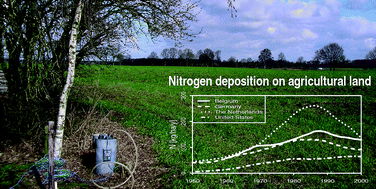Comparison of methods for the detection and extrapolation of trends in groundwater quality
Abstract
Land use changes and the intensification of agriculture since the 1950s have resulted in a deterioration of groundwater quality in many European countries. For the protection of groundwater quality, it is necessary to (1) assess the current groundwater quality status, (2) detect changes or trends in groundwater quality, (3) assess the threat of deterioration and (4) predict future changes in groundwater quality. A variety of approaches and tools can be used to detect and extrapolate trends in groundwater quality, ranging from simple linear statistics to distributed 3D groundwater contaminant transport models. In this paper we report on a comparison of four methods for the detection and extrapolation of trends in groundwater quality: (1) statistical methods, (2) groundwater dating, (3) transfer functions, and (4) deterministic modeling. Our work shows that the selection of the method should firstly be made on the basis of the specific goals of the study (only trend detection or also extrapolation), the system under study, and the available resources. For trend detection in groundwater quality in relation to diffuse agricultural contamination, a very important aspect is whether the nature of the monitoring network and groundwater body allows the collection of samples with a distinct age or produces samples with a mixture of young and old groundwater. We conclude that there is no single optimal method to detect trends in groundwater quality across widely differing catchments.


 Please wait while we load your content...
Please wait while we load your content...